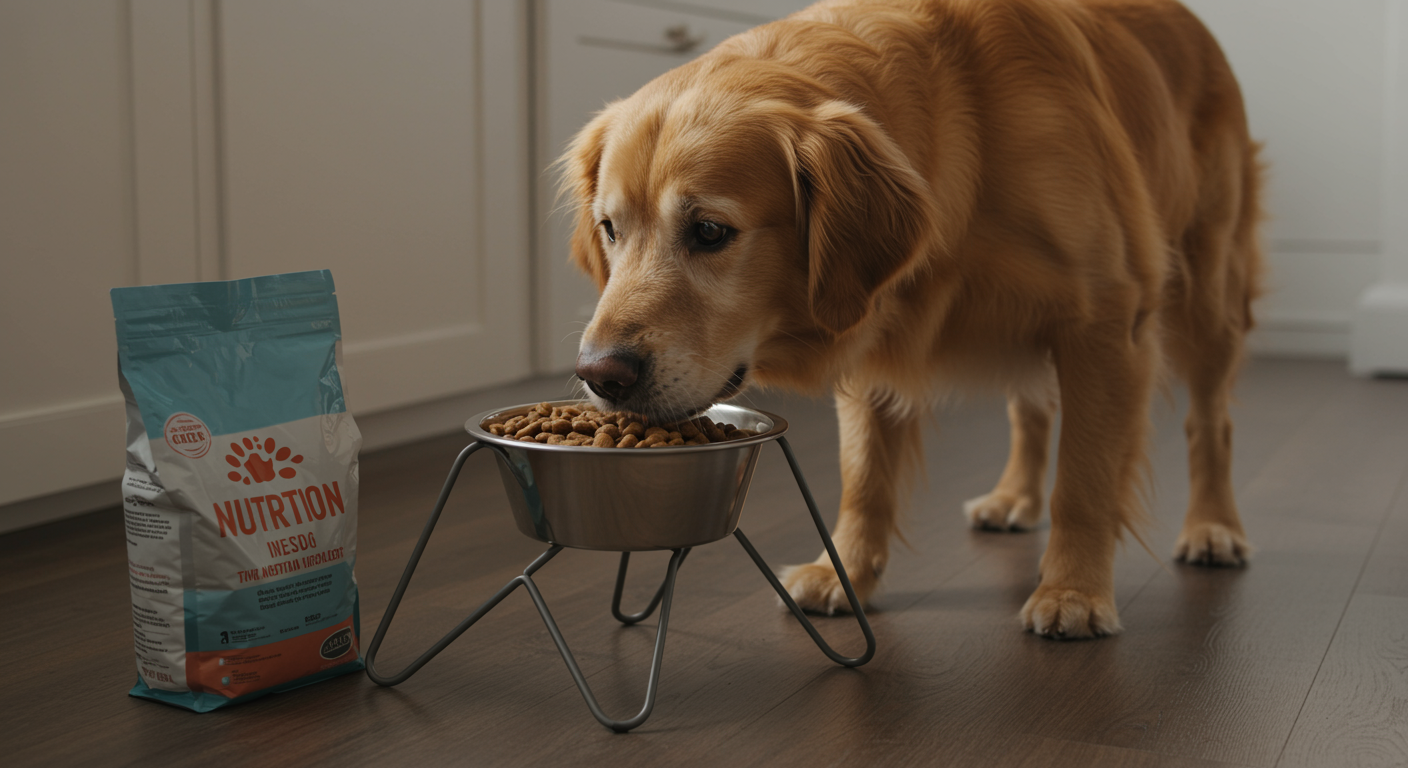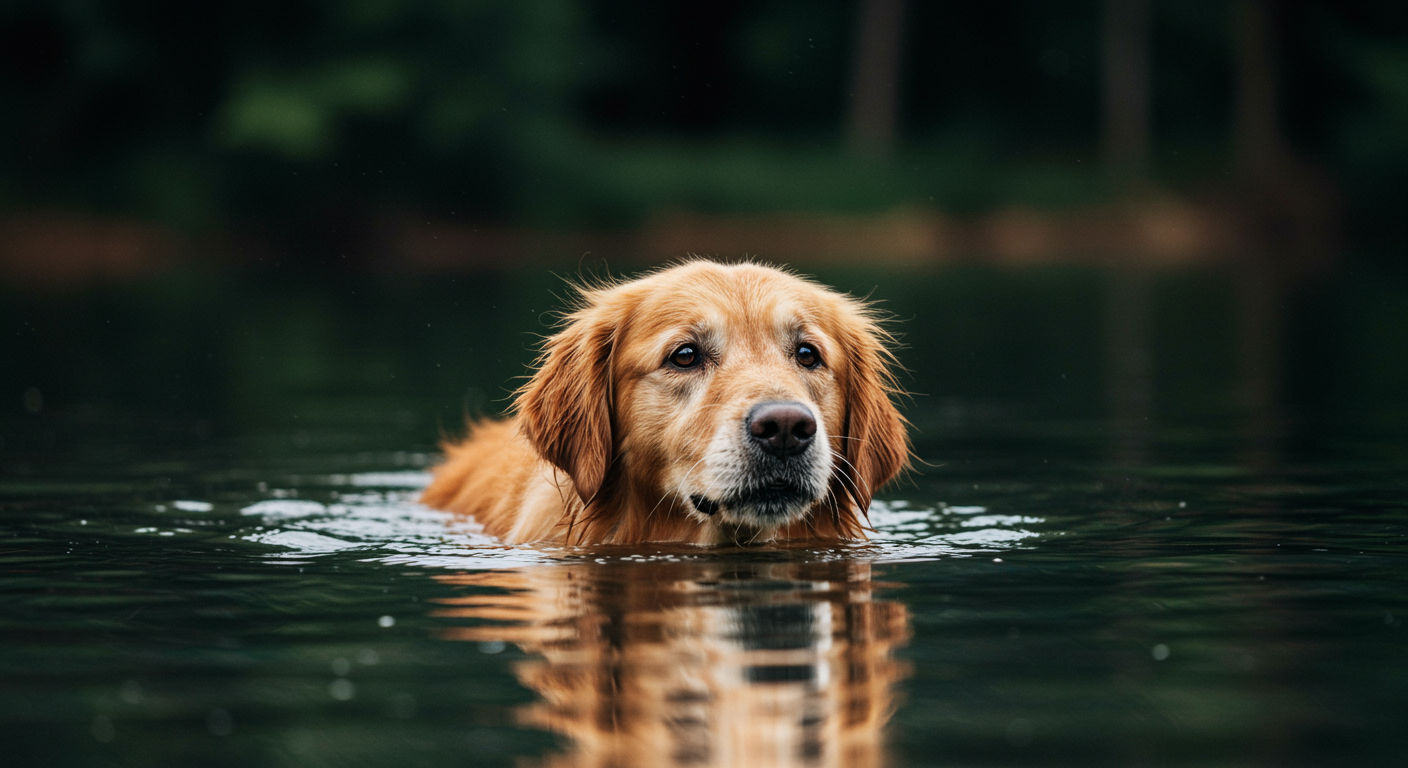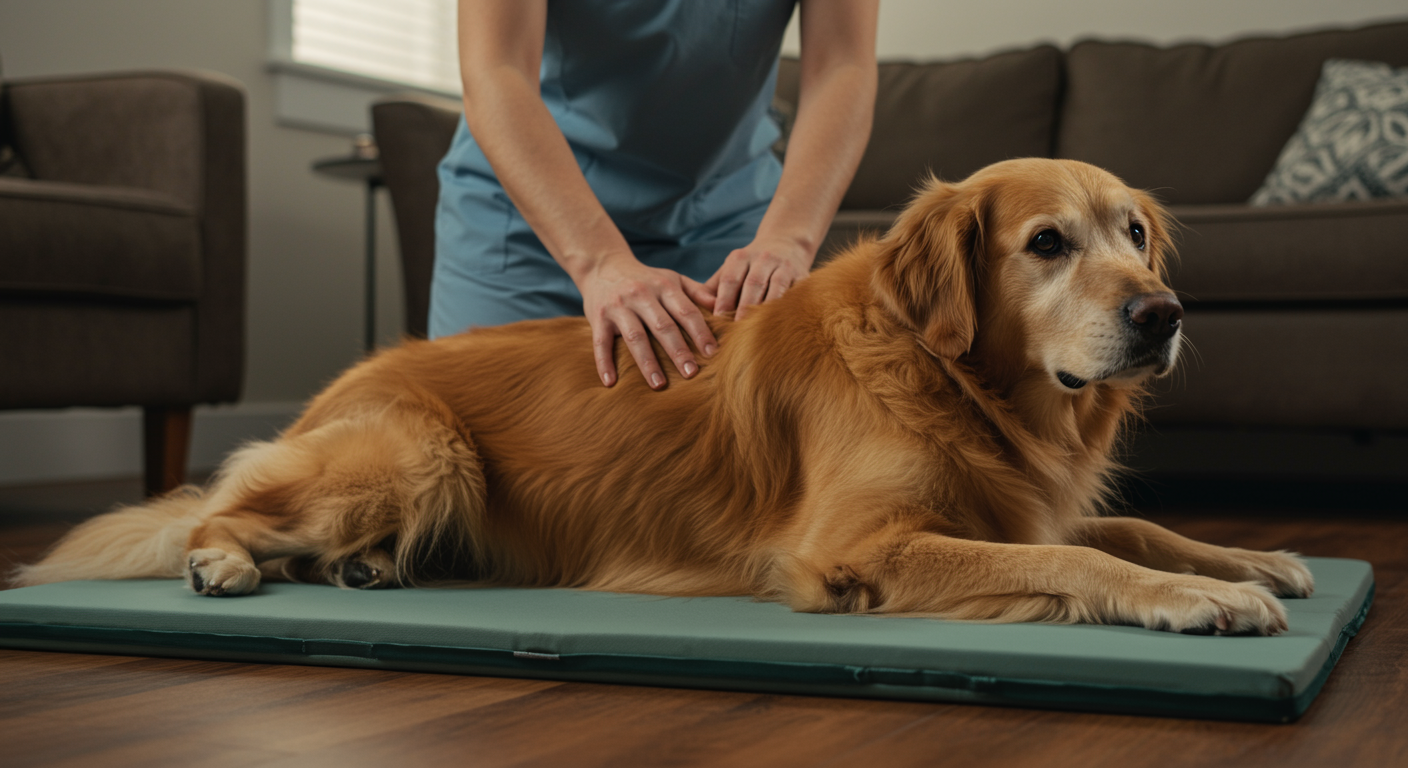The Day the “Chore Chart” Died
I’ll be honest. When we first brought our Golden, Bailey, home, my initial instinct was to create a classic, color-coded chore chart. It had columns for “Feed the Dog,” “Walk the Dog,” “Brush the Dog.” It was logical, organized, and a complete and utter failure within two weeks. The problem? It framed caring for Bailey as a series of burdensome tasks to be checked off a list. It felt like a job, and my kids quickly lost interest.
That’s when I realized my entire approach was wrong. Caring for our dog wasn’t about chores; it was about stewardship. It was a privilege. So, we tore up the chore chart and instead, we created what we called our “Bailey Family Pact.” It wasn’t a list of duties; it was a promise we all made to Bailey to keep him happy, healthy, and loved. This simple reframing changed everything. It transformed mundane tasks into meaningful acts of love and taught my children one of life’s most important lessons: responsibility isn’t a burden, it’s the natural result of caring for something deeply.
Involving your kids in your Golden’s daily care is the single most powerful way to build a bond based on mutual respect and understanding. Here’s how we broke down our Family Pact, making it an accessible, age-appropriate, and even fun part of our daily rhythm.
The Guiding Principles of the “Family Pact”
Before we assign any roles, we need to establish the spirit of the agreement. Our pact was built on three core ideas:
- It’s a “We” Job, Not a “You” Job: While kids have specific roles, the ultimate responsibility always rests with the parents. We never use Bailey’s care as a punishment or a source of conflict. The message is always, “We are a team, and this is how we take care of our dog.”
- Age-Appropriate and Empowering: A four-year-old can’t be expected to take a 70-pound Golden for a walk, but they can be the “Official Water Bowl Inspector.” The goal is to give them tasks they can succeed at, which builds their confidence and makes them feel like capable, contributing members of the team.
- Focus on the “Why”: Every task is linked to Bailey’s happiness and well-being. We don’t just say, “Fill the water bowl.” We say, “Let’s make sure Bailey has fresh, clean water so he doesn’t get thirsty after playing!” This connects the action to a feeling of empathy and care.
The Roles and Responsibilities: A Breakdown by Age
Here’s a look at how we structured the roles in our Family Pact, adapting them as our kids grew.
H3: The Toddler & Preschooler (Ages 2-5): The Little Helper
At this age, a child’s capacity for actual work is minimal, but their desire to help is immense. The goal is to harness that enthusiasm and make them feel involved, even if you’re doing most of the heavy lifting.
- The Official Toy Tidy-Upper: This was a favorite. At the end of the day, we’d play a game of “Tidy Up Time!” My daughter’s job was to gather all of Bailey’s scattered toys and put them back in his designated toy basket. We’d sing a silly song while doing it. It taught her organizational skills and respect for Bailey’s “property.”
- The Water Bowl Inspector: Her most important title. A few times a day, I’d ask her, “Can you go inspect Bailey’s water bowl and see if it needs a refill?” She would toddle over, peer into the bowl, and report back with grave seriousness. I would then do the actual refilling, but she would “supervise” and place the bowl back down for him.
- The Treat Dispenser (with supervision): During our short, positive training sessions, I would hand her the treat to give to Bailey after he successfully performed a “Sit.” This was always done with my hand guiding hers to ensure a gentle exchange, and it created a powerful, positive association in Bailey’s mind: this tiny human is a source of good things!
H3: The Early School-Aged Child (Ages 6-9): The Junior Partner
This is the golden age of responsibility. Kids at this age are capable, eager to prove their maturity, and can handle multi-step tasks.
- The Mealtime Maestro: This was a huge step up. My son graduated from treat dispenser to being in charge of one of Bailey’s daily meals (usually breakfast). This involved several steps that taught him sequence and measure:
- Go to the pantry and get the dog food bin.
- Use the designated scoop to measure the correct amount of food.
- Ask Bailey for a polite “Sit” before placing the bowl on the floor.
- Put the food bin away. This routine gave him a profound sense of ownership and importance. He wasn’t just helping; he was providing for his friend.
- The Grooming Assistant: While I did the main brushing, my son had his own soft-bristled brush. His job was to do the “finishing brush” on Bailey’s back and sides after I was done with the undercoat. It was a wonderful, quiet bonding activity for them. He also became the “Glove Master,” using a grooming glove to gently remove loose hair, which felt more like petting than a chore.
- The Leash Holder on Walks: I always held the primary leash for safety, but I got a special “training leash” with a second handle. My son was allowed to hold the back handle during walks in safe areas like the park. It gave him the feeling of walking the dog, taught him how to hold the leash without wrapping it around his hand, and allowed me to maintain ultimate control.
H3: The Pre-Teen and Teenager (Ages 10+): The Senior Steward
As they mature, kids can take on roles that require more consistency, judgment, and physical capability.
- The Exercise Captain: My son, an active pre-teen, became the leader of our daily fetch sessions. He was responsible for grabbing the chuck-it, finding a good ball, and running Bailey in the backyard for 15 minutes after school. This was the perfect outlet for both of their energies and became their special ritual.
- The Poop Patrol: Yes, it’s the less glamorous side of dog ownership, but it’s a vital lesson in the full scope of responsibility. We framed it not as a punishment, but as an act of community health—keeping our yard clean and safe for everyone. We got a good quality scooper, and it became a quick, twice-a-week task.
- The Training Innovator: As they get older, they can take a more active role in training. My son would watch YouTube videos (approved by me) on how to teach fun new tricks like “shake a paw” or “roll over.” He would then lead the training sessions, which was fantastic for building his confidence and Bailey’s mental stimulation.
Conclusion: A Pact That Builds More Than Just Habits
The Bailey Family Pact did so much more than just get the dog-related tasks done. It wove the responsibility of his care into the very fabric of our family identity. My kids didn’t just learn how to scoop kibble; they learned empathy by anticipating his needs. They didn’t just learn how to hold a leash; they learned about guiding and protecting a creature who depends on them.
This shared purpose eliminated the arguments over “whose turn it is” and replaced it with a sense of collective pride. When a visitor would compliment Bailey on being such a happy, well-behaved dog, I would see my kids stand a little taller. Because they knew, deep down, that they weren’t just the owners of a great dog. They were the architects of his happiness.
A Real-Life Tip: Our most successful tool for making care routines fun was the “Beat the Clock” game. For tasks like tidying up dog toys or filling the food bowl, I would set a timer on my phone for a silly amount of time, like 90 seconds. I’d say, “Okay, let’s see if the Bailey Team can get his dinner ready before the volcano erupts!” and play some dramatic music. It turned a mundane task into a high-energy, cooperative challenge that they loved every single time.

Rafael Souza is a digital marketing strategist and lifelong dog enthusiast. Passionate about Golden Retrievers, he shares practical, research-based tips to help owners provide healthier and happier lives for their furry companions.





